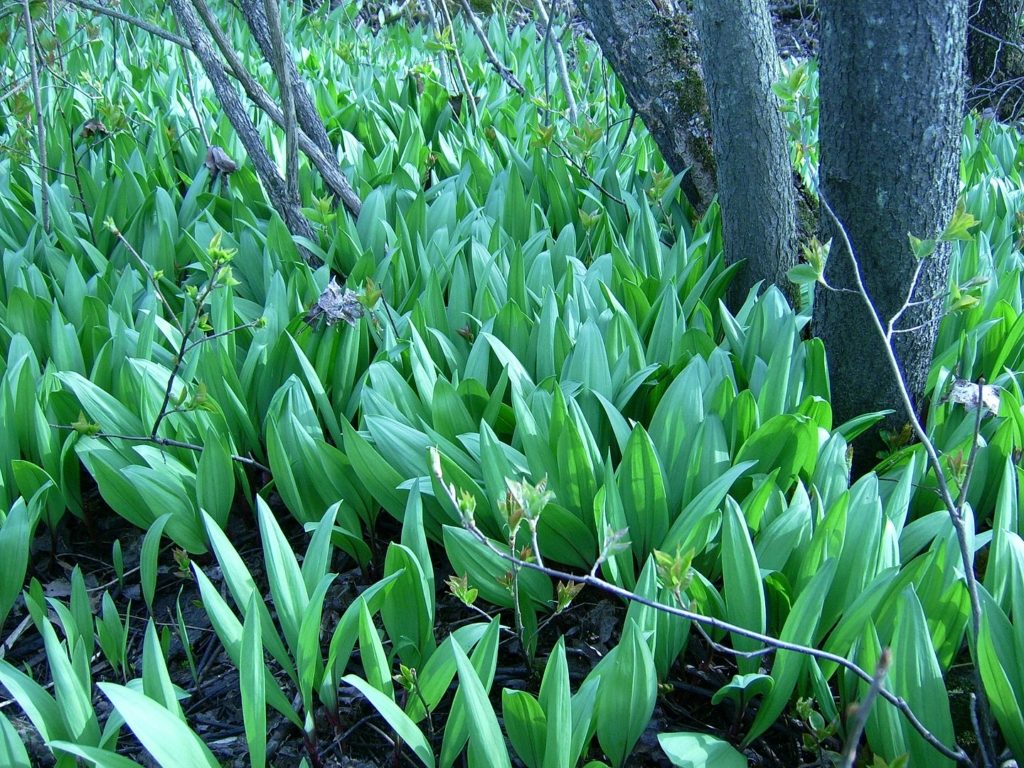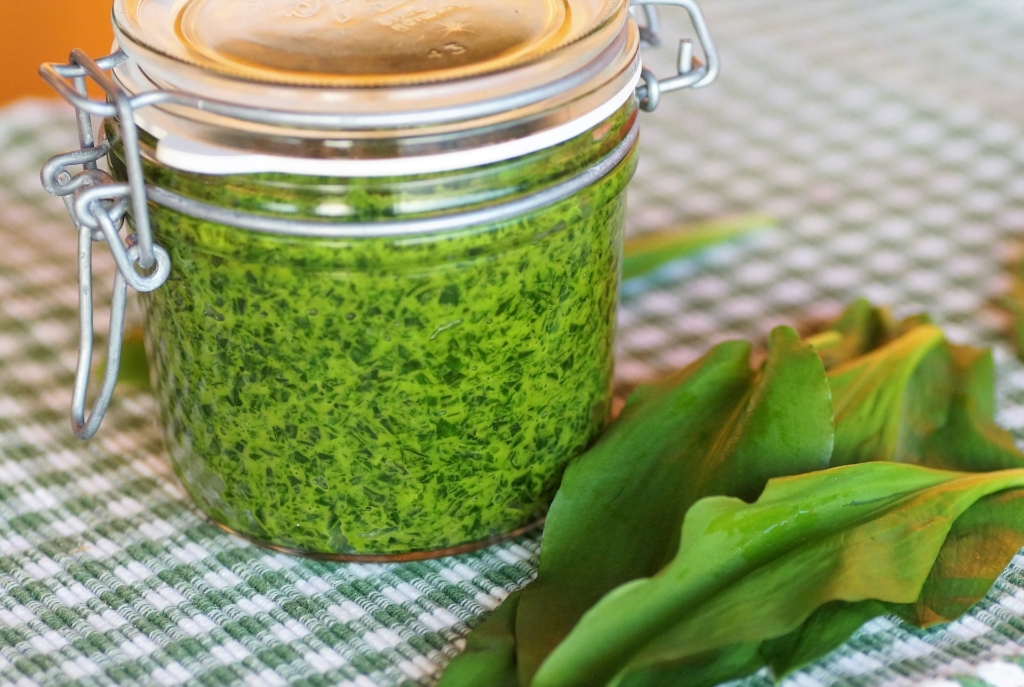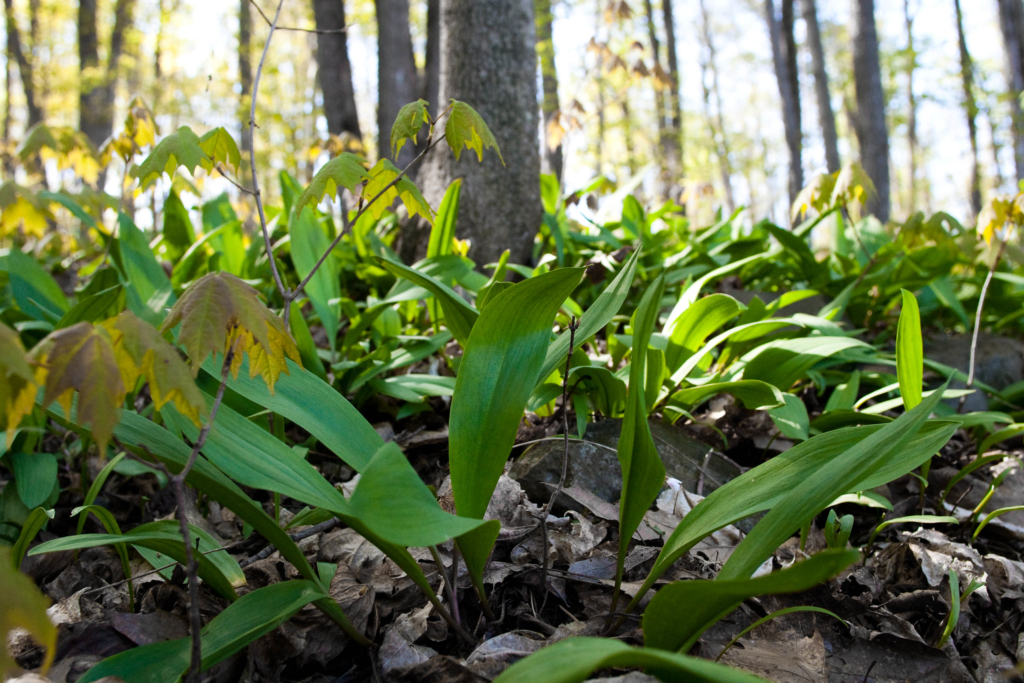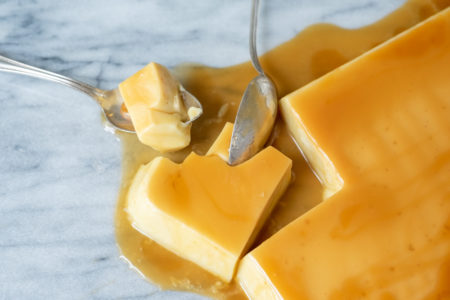Wild leeks, also known as ramps, have surged in popularity in recent years as more people discover their delicious, pungent flavor. What are ramps, and why do their fans go berserk for ramp season?
What are ramps?

Native to Appalachia and other woodlands in eastern North America, ramps are part of the allium family, along with onions, garlic, and other pungent relatives. Ramps look like slender scallions with purple tinged stems and broad leaves. Ramps emerge in early April and wither as temperatures warm, around mid-May. As one of the first edibles to emerge after the winter, settlers saw ramps as an important sign of spring, giving rise to ramp-centric festivals and harvesting traditions, some of which still take place today.
So… about the smell?
Ramps are highly aromatic, with a smell and taste like a cross between garlic and onion. Their smell will take over an enclosed storage location (like a refrigerator) and linger when eaten.
How are ramps used?

Ramps can be used raw or cooked in any way you would use scallions, chives, or leeks. Because the stems, leaves, and bulbs are all edible, many people enjoy ramps whole, either grilled, roasted, or fried. Sliced thin, raw ramps are a common addition to fresh salads, or used to garnish anything from egg salad to creamy cheddar soup. Recipes abound for ramp pesto, a tasty use for the raw plants, particularly when starting to wilt or discolor. Their potent flavor can also serve as a base for pasta, baked goods, egg dishes, and stir fries. For inspiration, here is a round up of Bon Appetit’s favorite ramp recipes.
Ramps love cool temperatures, so get them into the refrigerator as soon as possible, and use them within a few days. They benefit from being rolled in a damp paper towel and sealed in a plastic bag. Ramps should be stored uncleaned, but clean them thoroughly before using. Like leeks, ramps can hide dirt among their layers and at the juncture of leaf and stem.
Ramps are best eaten fresh, as their delicate flavor diminishes over time, but Wild Edible gives tips for storing and preserving ramps, including a recipe for ramp compound butter that can be frozen for later use.
Where can I find ramps?

Ramps are typically foraged rather than cultivated, making their production labor-intensive. Additionally, ramps have a short growing season and demand often outstrips supply, which means they don’t come cheap. In 2015, Eater reported that ramps cost around $20 per pound.
The good news is, you can forage ramps yourself in an area with dense deciduous forest canopy and rich, well-drained soil. Because recent demand for ramps has put pressure on their populations, sustainable foraging is critical. Wild Edible outlines how to do it right: by leaving the roots of the plant intact, or by harvesting only one leaf from each plant.



